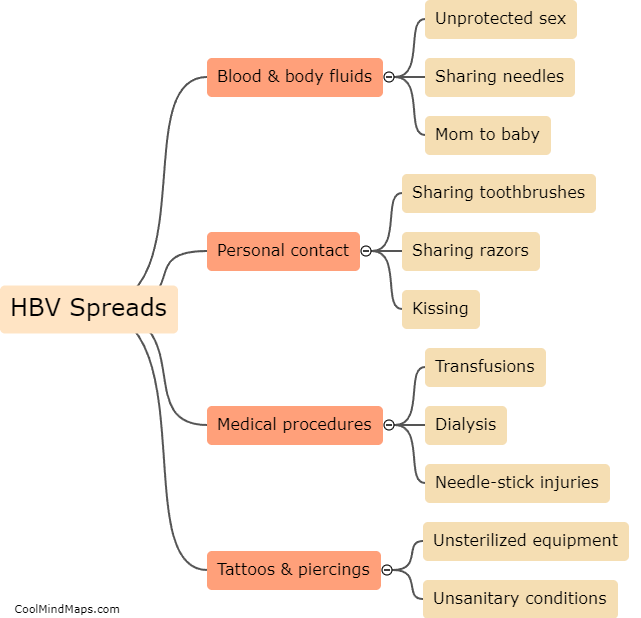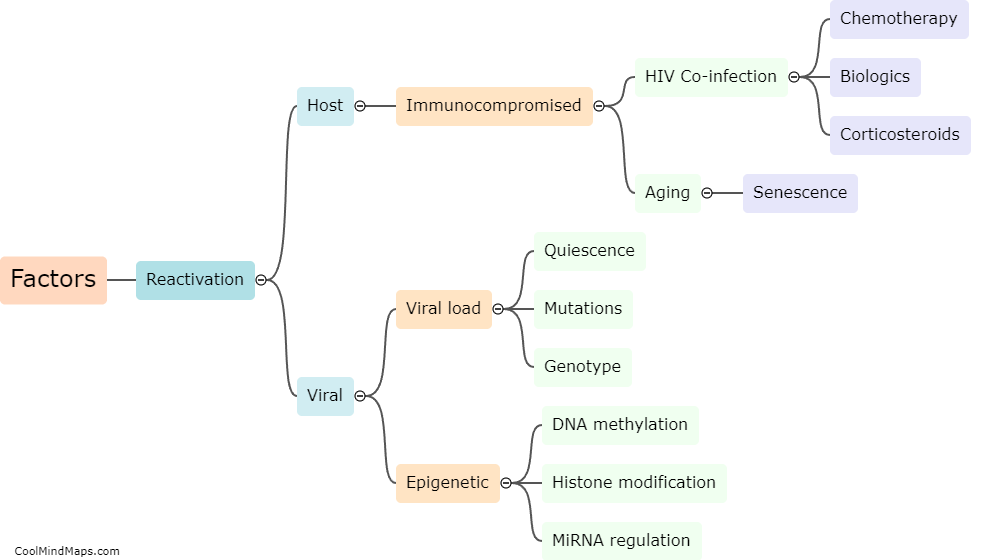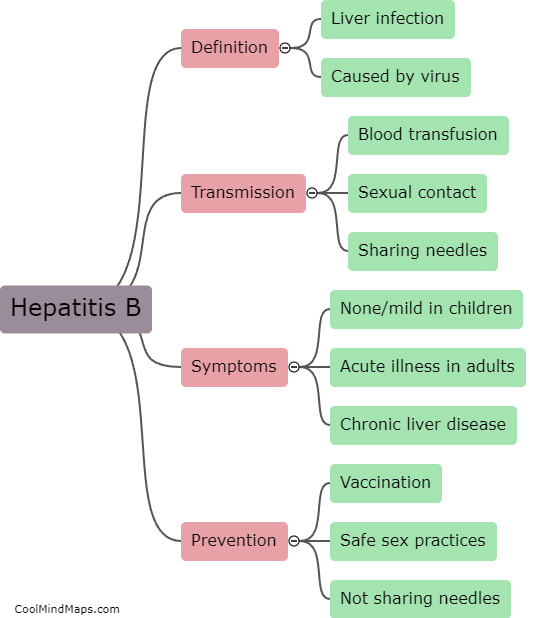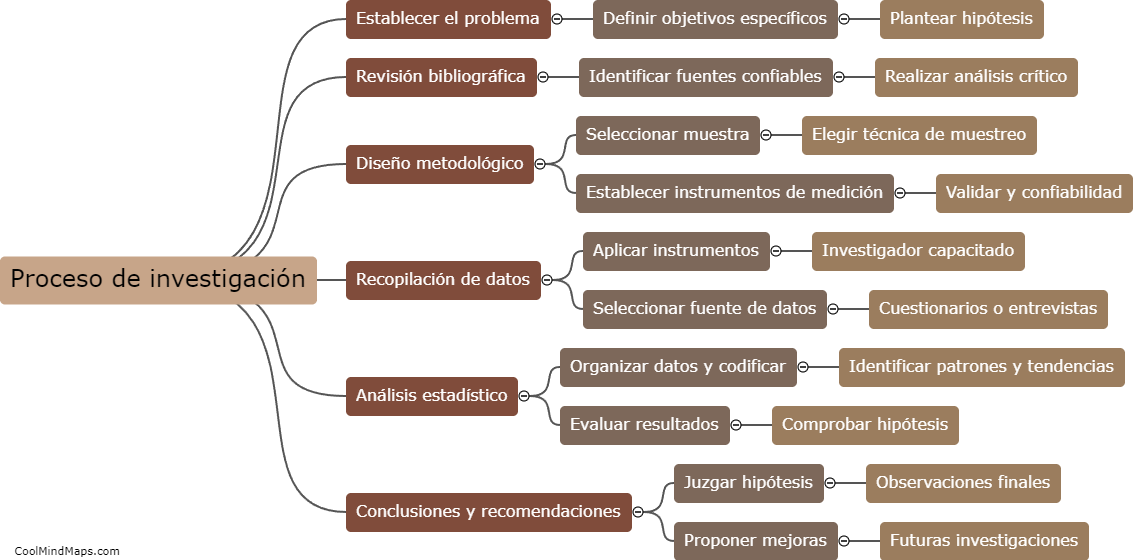What is the replication cycle of Hepatitis B virus?
The replication cycle of Hepatitis B virus starts with the attachment of the virus to the hepatocyte surface receptor. The virus enters the hepatocyte through receptor-mediated endocytosis and releases its inner core into the cytoplasm. The viral core contains viral DNA and DNA polymerase, and it undergoes uncoating, resulting in the release of viral DNA into the nucleus. The viral DNA integrates into the host genome, where it becomes a template for the transcription of messenger RNA. Messenger RNA is transported to the cytoplasm, where protein synthesis occurs. Proteins assemble to form new virus particles, which are released from the infected cell. Some infected cells may also produce non-infectious viral particles. The release of virus particles can continuously infect new hepatocytes, thereby propagating the infection. The replication cycle of Hepatitis B virus is complex and involves multiple phases, and interruption of any of the steps can serve as a potential target for antiviral therapies.
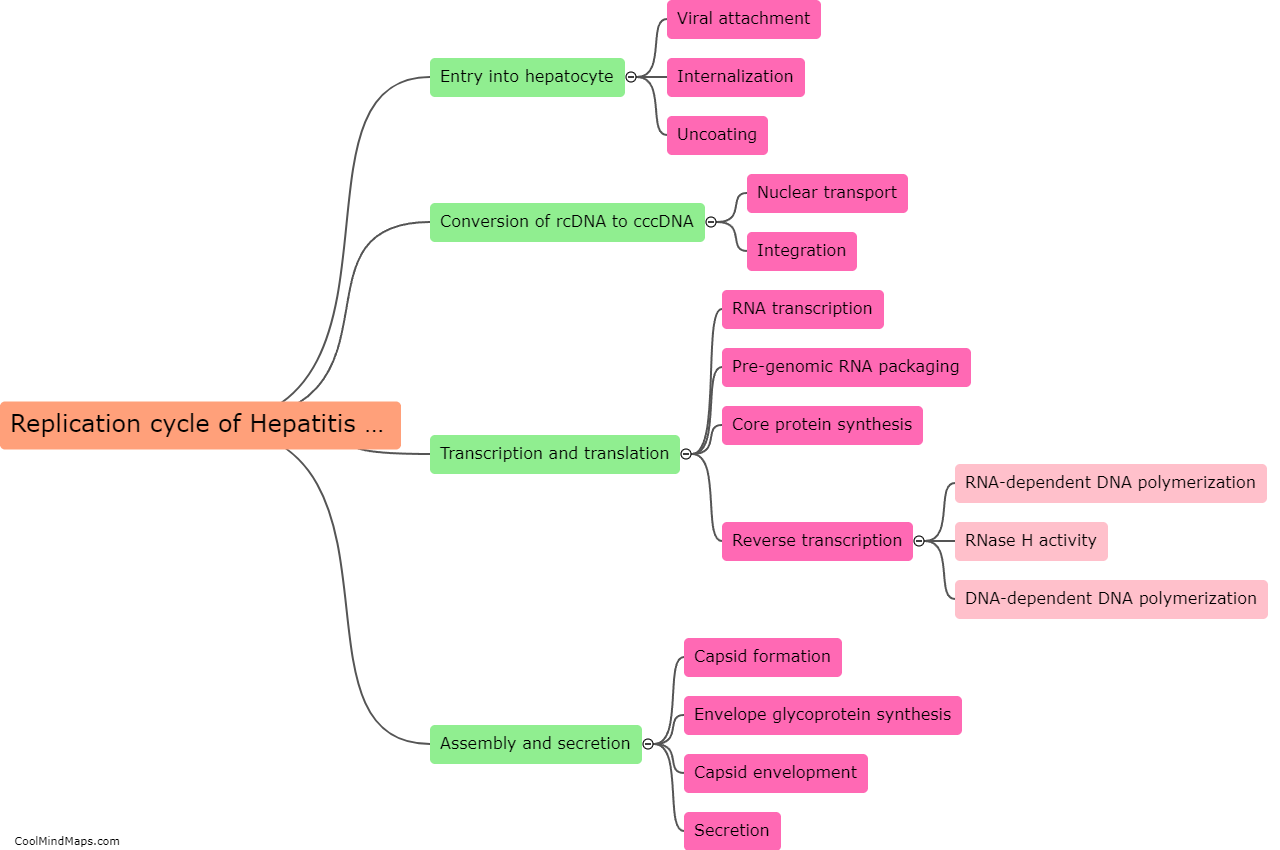
This mind map was published on 27 June 2023 and has been viewed 88 times.




